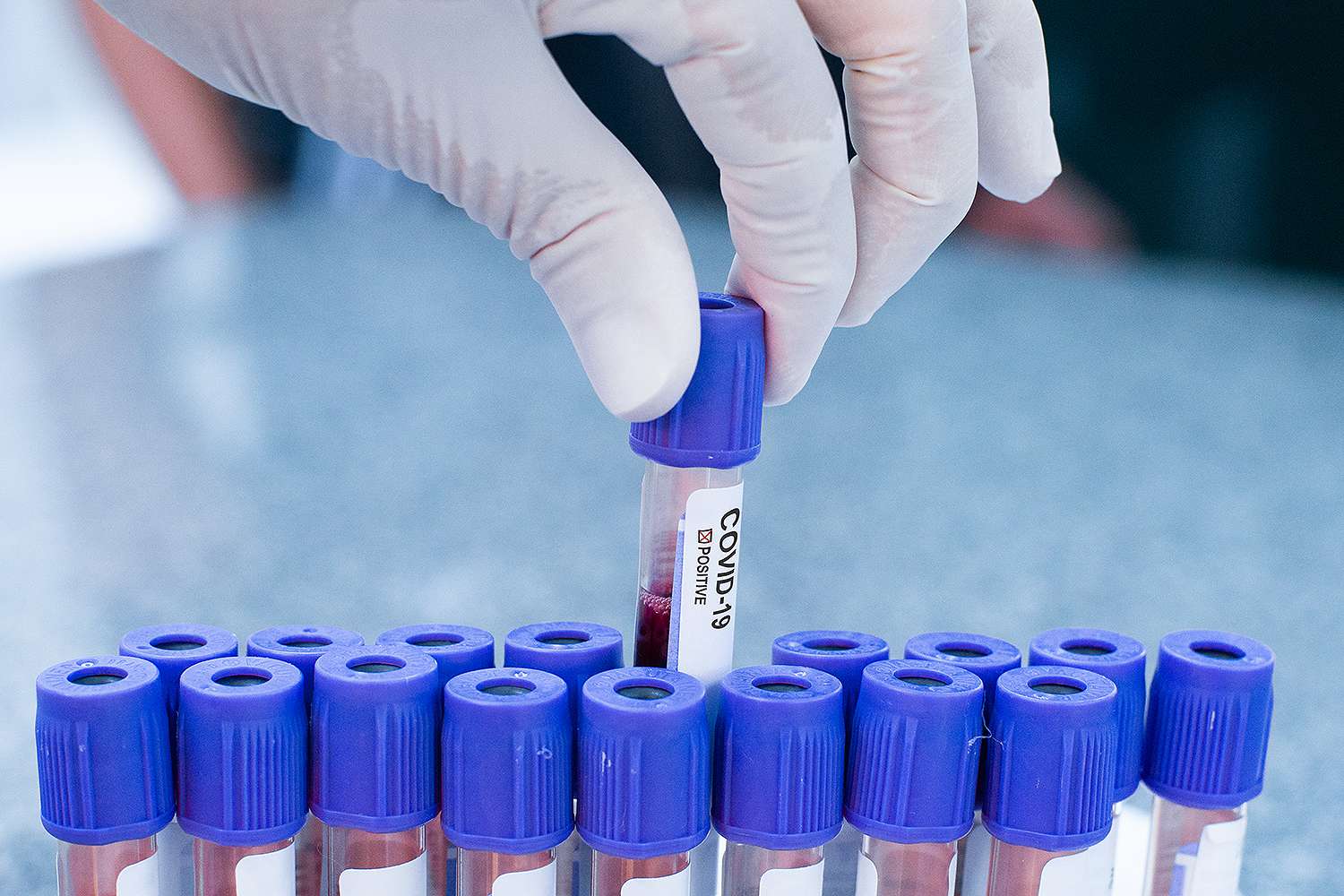As New York City enters its second phase of reopening amid the coronavirus pandemic, the city has hired 3,000 disease detectives and case monitors for contact tracing, but a recent report from The New York Times indicates that the tracing initiative is struggling.
Across the country, contact tracing programs are imperative to phased reopening plans, as outdoor dining, in-store shopping and office work resume. They allow officials to track who has the virus and prevent its spread.
However, in the New York City program’s first two weeks, only 35 percent of the residents who tested positive for coronavirus or were presumed positive gave information about their close contacts to tracers.
In its third week, the numbers improved slightly to 42 percent, a spokesperson for New York City Mayor Bill de Blasio said, according to the The New York Times.

Perry N. Halkitis, dean of the School of Public Health at Rutgers University, told the Times that New York City’s 35 percent rate for getting contacts is “very bad.”
“For each person, you should be in touch with 75 percent of their contacts within a day,” he said, adding that contact tracing is “a skill” and that tracers may not have enough training or experience.
The city’s program has been stymied by a low response rate, limited use of technology and privacy concerns, according to the Times. The outlet noted that in other countries that have been more successful, many apartment buildings and businesses are required to collect personal information, which makes it easier to trace cases of coronavirus before they spread.
The head of New York City’s new Test and Trace Corps, Dr. Ted Long, defended the program when speaking to The Associated Press, sharing that 69 percent of the people who complete an interview provide contacts.
“We think that’s a strong start but we also do want to get that number up,” he said.
Long told the Times that he believed the program would improve once tracers begin going to people’s homes to get information in the next few weeks, rather than simply trying to contact them via phone.
“I do think that the program, especially because it is only two weeks old, is doing an outstanding job,” Long said.
Other areas across the country have similarly struggled with contact tracing, which is one of few ways public health officials are able to slow the spread of the coronavirus in the absence of a vaccine.
Officials in Massachusetts said last month that only about 60 percent of coronavirus patients were picking up the phone, and in Louisiana, less than half of those who tested positive were answering.
As information about the coronavirus pandemic rapidly changes, PEOPLE is committed to providing the most recent data in our coverage. Some of the information in this story may have changed after publication. For the latest on COVID-19, readers are encouraged to use online resources from CDC, WHO, and local public health departments. PEOPLE has partnered with GoFundMe to raise money for the COVID-19 Relief Fund, a GoFundMe.org fundraiser to support everything from frontline responders to families in need, as well as organizations helping communities. For more information or to donate, click here.
Source: Read Full Article
